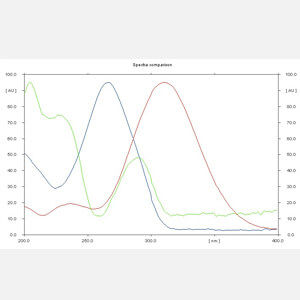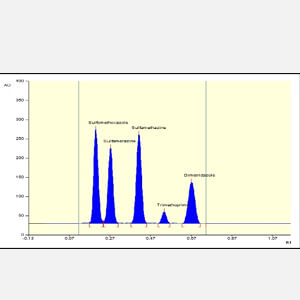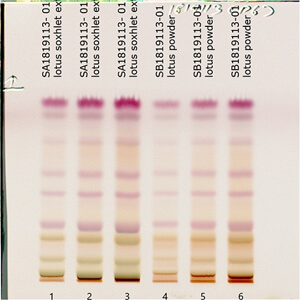About HPTLC




Chromatography is a group of chemical analysis techniques, used to separate mixtures into individual components and then identify or quantify them. The most popular techniques are Gas Chromatography (GC), High Performance Liquid Chromatography (HPLC), High Performance Thin Layer Chromatography (HPTLC). In HP-TLC, mixtures are resolved into their individual components, using a thin layer of adsorbent, coated on a “plate”, usually 20 X 10 cm, in size.
Unique features of HPTLC are that it is the fastest, simplest, most economical and flexible, “visible” technique which can analyse in parallel more than 100 samples. It is risk free and multiple detections can be made without repeating chromatogram. It is several times faster and economical than HPLC, another liquid chromatography technique. HPTLC is used for the analysis of non-volatile organics such as pharmaceuticals, APIs, botanicals, forensics, foods, speciality chemicals, etc. for establishing purity, impurities, fingerprint and reverse engineering.

 Request a Quote
Request a Quote